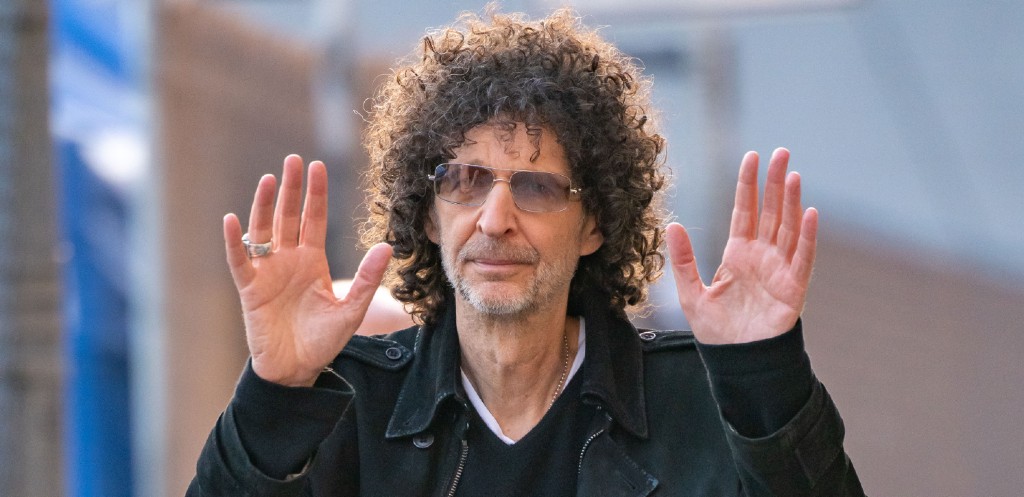
What makes a bottle of whiskey “the best?” That’s a minefield and often entirely subjective. What I love to sip on after a long week isn’t going to be what you love to sip on. Neither of us is wrong — we just have different palates due to living different lives. Basically, the very notion of finding the best bottle of whiskey is a bit of a lie.
Still, there are expressions that are universally beloved by both the public and the people in whiskey who rate the stuff for a living. Among those experts is a crew of tasters who work tirelessly to rate booze every year for the Ultimate Spirits Challenge. The blind tastings run by the USC occur over the span of two months in Hawthorne, New York. This is not a whirlwind tasting event over a single weekend. It’s slow, meticulous, and detailed — allowing the judges plenty of breathing room to decide which drams they dug the most.
Is it perfect? Well, nothing is. Still, the methodology used helps point us in the right direction if we insist on looking for that unattainable best dram of whiskey. That’s why we went through and pulled the best of the #1 rated expression in each and every whiskey style judged during the recent 2020 Ultimate Spirits Challenge.
Check out the 17 entries below.
Best Flavored Whiskey: Jameson Cold Brew (92 points)
ABV: 30%
Distillery: New Midleton Distillery, County Cork (Pernod Ricard)
Average Price: $30
This Whiskey:
The blend of coffee liqueur and classic Jameson Irish Whiskey is a treat. The bottle helps give credence to the whole flavored whiskey genre with expert craftsmanship and real accessibility in both flavor and price.
Tasting Notes (ours):
I dig this. The nose opens with a nice balance of vanilla and orange zest. That serves as a base for a hint of oaky spice and plenty of coffee bitterness with a velvet texture. That bitterness combines with the vanilla and edges into a lush dark chocolate territory near the end.
Our thoughts:
Grab a bottle for mixing up with your next Irish Coffee, espresso martini, or a surprisingly tasty highball.
Best Irish/Blended: Jameson Bow Street Cask Strength 18 Years (95 points)
ABV: 55.3%
Distillery: New Midleton Distillery, County Cork & Jameson Distillery Bow Street, Dublin (Pernod Ricard)
Average Price: $165
The Whiskey:
This whiskey swings for the fences and it works. The juice is created down at the New Midleton Distillery in Cork where it’s aged for 18 long years in both ex-bourbon and ex-sherry casks. Then it’s transported up to Dublin’s Bow Street for a finishing rest in new American oak for up to 12 months.
Tasting Notes (from the USC):
“Breakfast cakes, light honey, sweet tobacco, and slight char create a layered set of aromas. The flavor explodes in the mouth with baking spices, juicy and tangy nectarine, vanilla, and light toffee. The robust flavors integrate seamlessly into the satiny texture from start to finish.”
Our Thoughts:
If you can get your hands on this bottle, buy two. Drink one now and save one for later, and don’t be afraid to add a few drops of water to open it up.
Best Canadian: Heaven’s Door Bootleg Series 2019 Edition 26 Year Old (96 points)
ABV: 55.75%
Distillery: Sourced in Canada
Average Price: $550
The Whiskey:
Bob Dylan’s whiskey line is a legitimate entry in the whiskey world — celebrity endorsements aside. The sourced juice is a well-kept secret, but their 26-year-old Bootleg Series is so good, it doesn’t really matter. The juice is finished in the iconic and very rare Mizunara casks and it leads to a truly unique dram.
Tasting Notes (from the USC):
“Exotic, yet soft aromas of coconut, pink peppercorn, dried mango, and orange blossom honey. Exceptionally smooth and bright on the palate, which belies its 26-year-old age statement; nectarine and red plum are followed by walnut and brown sugar. A triumphant whisky, indeed.”
Our thoughts:
We were lucky enough to taste this one recently. It lives up the hype and then some. Sip it with a drop or two of water.
Best Scotch/Blended Malt: Wemyss Malts Peat Chimney (96 points)
ABV: 46%
Distillery: Wemyss Vintage Malts, Edinburgh, UK
Average Price: $45
The Whisky:
This dram is a peat-lover’s sip. The juice is drawn from four whisky regions around Scotland with a focus on the peaty Islay products. The final blend is a great example of how accessible (and sippable) a well-crafted blend can be.
Tasting Notes (from the USC):
“This aptly named whisky is smokey through and through. Intertwined with spice and campfire smoke, flavors of sweet oats, wheat, and hay are earthy and mild. A pleasantly balanced smoked meat flavor lingers on the palate.”
Our thoughts:
The price is low enough that you can try this if you’re interested in peaty whisky but not quite sure you’re going to love all that smoket.
Best Irish/Single Malt: Teeling Single Cask (96 points)
ABV: 55.1%
Distillery: Teeling Distillery, Dublin
Average Price: $110
The Whiskey:
Teeling’s Single Cask expressions are unique experiences. Their standard Single Malt outing blends malted barley whiskeys aged in sherry, Port, Madeira, White Burgundy, and Cabernet Sauvignon casks. This bottle refines that further by bottling its juice from just one of those casks (in this case, sherry) that hit just the right mark for aged perfection before going into the bottle unfussed with.
Tasting Notes (from the USC):
“This amber-hued whiskey is full of baking spice, vanilla, and nutty aromas. Bold and rich, flavors of deeply roasted chestnut mix with red and yellow stone fruits. The thick velvety texture is full of spicy mace and cinnamon with a persistent nutty undertone.”
Our thoughts:
This is a great bottle to pick up once a year because you’re going to get something wholly unique (and tasty) each time.
Best Bottled-in-Bond: Henry McKenna Bottled-in-Bond 10 Years Old (96 points)
ABV: 50%
Distillery: Heaven Hill Distillery, Bardstown, KY
Average Price: $50
The Whiskey:
This is a solid bottle that’s not going to be this cheap much longer. The juice is touched with a note of rye and aged in a bonded rickhouse under the Fed’s watchful eye. The result is a damn fine dram.
Tasting Notes (from the USC):
“Bright and honey-tinged on the nose, with suggestions of cedar, lemon tart, and baked wheat. Full-bodied and round on the palate; warm Panettone, baked apricot, and cinnamon come forward before hints of Brazil nut and cocoa last on the tongue.”
Our thoughts:
Makes for a great sipper and an even better cocktail base.
Best American/Single Malt: Westland Garryana 2019 Edition 4|1 (96 points)
ABV: 50%
Distillery: Westland Distillery, Seattle, WA
Average Price: $150
The Whiskey:
Seattle’s Westland Native Oak series continues to wow. This edition was aged in Garry oak, which is local to the Pacific Northwest. The juice is supported by single malts also aged in ex-bourbon, ex-rye, and former Pedro Ximenez sherry casks, giving this sip a serious depth.
Tasting Notes (from the USC):
“Robust aromas are earthy, reminiscent of wet earth, peach pit, hay, and a touch of honey. The round and plush texture instantly fills the mouth as distinctive malt and toasted peanut flavors develop into a spiced yet soft nougat finish. A unique and spectacular whiskey.”
Our thoughts:
This was a small bottling of fewer than 4,000 bottles. There’s really nothing else like it right now.
Best Scotch/Blended: Dewar’s Double Double Aged 27 Years (97 points)
ABV: 46%
Distillery: John Dewar & Sons, Aberfeldy, UK (Barcardi)
Average Price: $100
The Whisky:
Master blender Stephanie Macleod created a masterpiece with the Double Double four-step aging process. Step one: aging single malt and single grain whiskies for 27 long years. The malts are then blended, so are the grains and they rest again. All of that is blended together and rested. Finally, the juice is finished in ex-Palo Cortado sherry casks.
Tasting Notes (from the USC):
“Aromas of fresh buttery biscuits are toasty and light. Impeccably smooth in the mouth, subtle cooked grain notes quickly turn into deep, bold flavors of toasted nuts, browned butter, and toffee brittle with hints of dried fruits coming through. A powerful and delicious whisky.”
Our thoughts:
This bottle could easily cost three or four times the price tag right now. Snatch up as many as you can and enjoy them for the next few years with a few drops of water in each dram.
Best Scotch/Island Single Malt: Highland Park Aged 21 Years (97 points)
ABV: 46%
Distillery: Highland Park, Orkney, UK
Average Price: $350
The Whisky:
This is a wildly popular expression that’s not available on the primary whisky market in the U.S. (it’s a global release though). The juice is aged in sherry casks from the U.S., not Spain. The result is a very unique expression that’s worth the effort to track down.
Tasting Notes (from the USC):
“Stately nose of dried apricot, plum preserves, flint, heather honey, and sea breeze. A perfectly balanced palate offers playful tension between smoke, stone fruit, and tinges of rancio which give way to sweet spice and smoked meats on the finish. This is a singular dram if there ever was one.”
Our thoughts:
There are probably only one or two occasions where you should spend this much on a bottle of whisky. We’ll let you decide what those are for yourself.
Best Scotch/Islay Single Malt: Kilchoman Sanaig (97 points)
ABV: 46%
Distillery: Kilchoman Distillery, Bruichladdich, UK
Average Price: $70
The Whisky:
This small whisky hits big notes. The malted barley spirit is aged in ex-bourbon and ex-sherry casks with an emphasis on the sherry in this case.
Tasting Notes (from the USC):
“Roasted fig, cedar smoke, and chocolate are full and rich aromas. The plush texture balances the intense campfire smoke, with flavors of berries, smoked meats, and oats. Impressively smooth throughout, nutty toffee and smoked cacao round out the finish.”
Our thoughts:
This is an easy sipper at a fairly easy price and works well in a highball.
Best World Whisk(e)y: The Matsui Mizunara Cask (97 points)
ABV: 48%
Distillery: Kurayoshi Distillery, Tottori Prefecture
Average Price: $90
The Whiskey:
This is a rare bottle that’s findable and worth the price. The whisky is aged in the rare Mizunara casks and cut with spring water from Mt. Daisen, next to the distillery.
“Distinctive aromas of toasted cereal grains with dried fruit and flowers are fresh and enticing. The robust flavors explode in the mouth with roasted grain supported by softly sweet malt and expertly balanced spice, all leading to a silken finish. An absolute pleasure to drink.”
Our thoughts:
While the price is high, this is a great gateway Japanese whisky that’ll work wonders as a sipper or highball base.
Best American: Barrell Dovetail (97 points)
ABV: 62.15%
Distillery: Barrell Craft Spirits, Louisville, KY (Sourced)
Average Price: $85
The Whiskey:
This whiskey is a blend of ideas and flavors. It’s meant to marry oaky bourbon with bold red wine, French oak, Spanish Port, and rummy blackstrap molasses. The result is an American whiskey unlike any other.
Tasting Notes (from the USC):
“Ebullient nose of ripe red berries and blossom is anchored by brown sugar, leather, lanolin, and wildflower honey. Rich and powerful on the palate, it is tempered by decadent flavors of maple cream, molasses, and cherry preserves. A truly dynamic and delicious whiskey.”
Our thoughts:
This is the sort of bottle that challenges the advanced drinker. You’ll need to add a little water to really open up all those notes.
Best Irish/Single Pot Still: Green Spot Chateau Leoville Barton (98 points)
ABV: 46%
Distillery: New Midleton Distillery, County Cork (Pernod Ricard)
Average Price: $100
The Whiskey:
There’s a deep history to this whiskey from Irish mercenaries heading to mainland Europe to fight in the middle ages to an Irishman named French Tom who went to France to open wineries in the 1700s. To celebrate the latter, this whiskey is first aged in Ireland in ex-bourbon and ex-sherry casks before heading off to France to age at one of those wineries, Léoville Barton in Bordeaux, for an addition 12 to 24 months in wine casks.
Tasting Notes (from the USC):
“Bold and complex aromas are rich with spice, dried fruit, and balanced oakiness. Buttery in texture and flavor, nectarine, vanilla bean, and softly cooked grains are well integrated. The smooth spirit finishes with a touch of long-lasting baking spice.”
Our thoughts:
A great Irish whiskey that any bourbon aficionado will truly adore.
Best Scotch/Highland Single Malt: Oban Aged 18 Years (98 points)
ABV: 43%
Distillery: Oban Distillery, Oban, UK (Diageo)
Average Price: $150
The Whisky:
We’re big fans of Oban around these parts. This is an expertly-crafted, small-batch operation in the heart of Oban Harbor. The whisky is aged on-site for 18 long years until it’s just right for the bottle.
Tasting Notes (from the USC):
“Soothing aromas of sea salt, pencil lead, and crisp granola cookie are well-balanced. The satin texture weaves together flavors of wood-fired grain, candied nuts, golden raisins, and a slight hint of campfire. The layers of this easy-sipping whisky keep peeling back.”
Our thoughts:
Worth every penny in our estimation. Add a little water to get the full experience.
Best Bourbon: Stagg, Jr. (98 points)
ABV: 64.2%
Distillery: Buffalo Trace Distillery, Frankfort, KY (Sazerac)
Average Price: $60
The Whiskey:
This quality expression from Buffalo Trace’s expansive line is a bottle that’s about to sky-rocket to stardom. The juice is aged for ten years and edges towards rye without overpowering itself.
Tasting Notes (from the USC):
“Poundcake, grapefruit zest, chopped walnuts, red apple skin, and maple cream make for an alluring bouquet. The palate carries weight in terms of body and powerful spice, as well as ample fruit to add balance. Deep woodsy smoke and dark chocolate mark the finish.”
Our thoughts:
This was our pick as one of the best alternatives to extremely expensive bottles and we stand by that.
Best Scotch/Speyside Single Malt: Glenrothes Aged 18 Years (98 points)
ABV: 43%
Distillery: The Glenrothes Distillery, Rothes, UK
Average Price: $150
The Whisky:
This whisky leans heavily into the sherry cask process. The juice sits in first-fill sherry casks for 18 years and draws all its rich hues from the wood.
Tasting Notes (from the USC):
“Breakfast cereal, graham crackers, and butter baked fruit are refreshing aromas. Flavors of sea salt, caramel, coffee and cream are deep and continue to develop in the mouth. The dark toffee finish has a hint of smoke and leather.”
Our thoughts:
If you dig on the briny single malts over the peaty, this is the bottle for you. It’s pricey but worth it for a special occasion.
Best American/Rye: Thomas H. Handy Sazerac (99 points)
ABV: 63.45%
Distillery: Buffalo Trace Distillery, Frankfort, KY (Sazerac)
Average Price: $450
The Whiskey:
This is one of the five nearly unattainable bottles from Buffalo Trace’s Antique Collection. The juice was distilled in 2013 and aged in very specific areas of the rickhouses before being bottled with no fussing whatsoever.
“This barrel proof and unfiltered rye whiskey is bold. Aromas lean toward the sweeter side with maple syrup, fresh apples, and oatmeal porridge. Echoing the aromas, the smooth flavors are strong, beginning sweet and evolving into robust grain and spices like cinnamon and mace.”
Our thoughts:
Is it worth the price tag? That’s between you and your checking account. Our advice, try it at a tasting first and go from there.

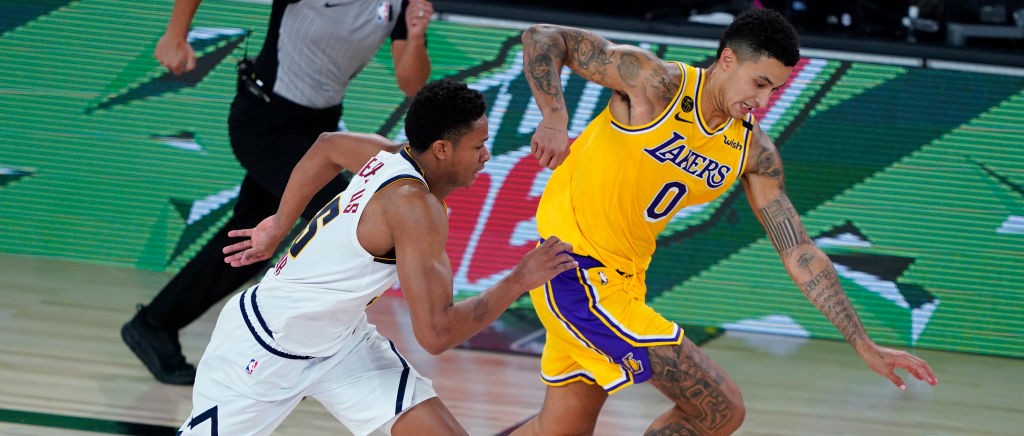
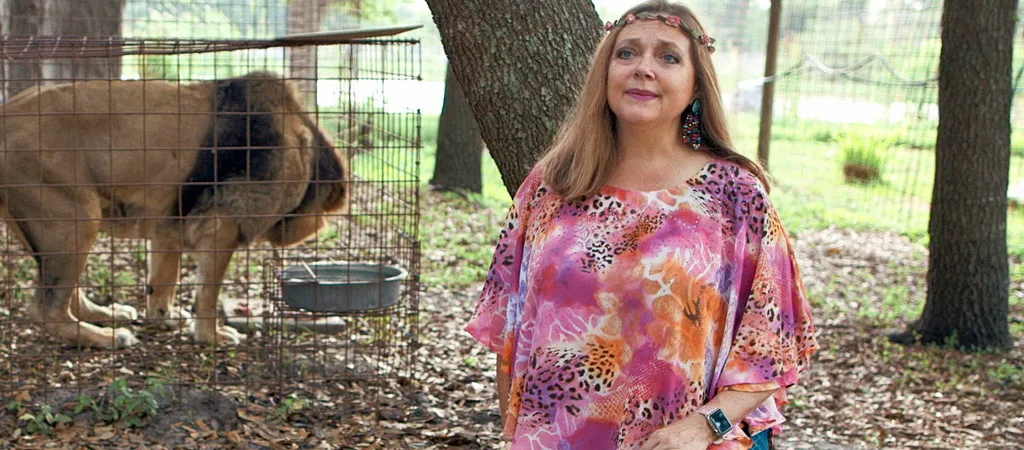
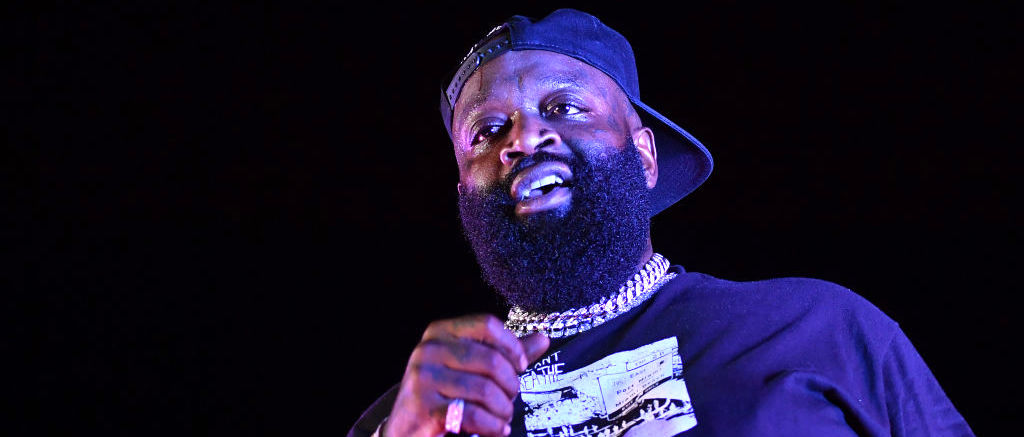
 #rickross #50cent #bmf #hiphop #rap #billboard
#rickross #50cent #bmf #hiphop #rap #billboard
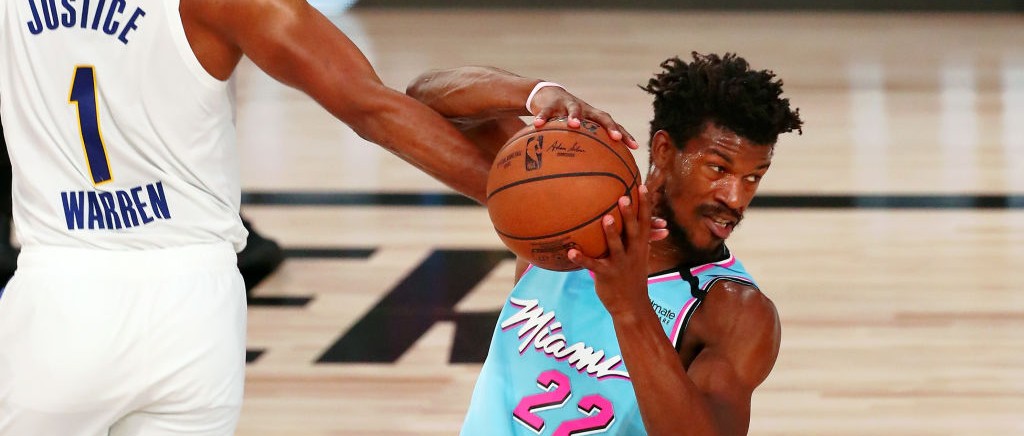



 |
| 

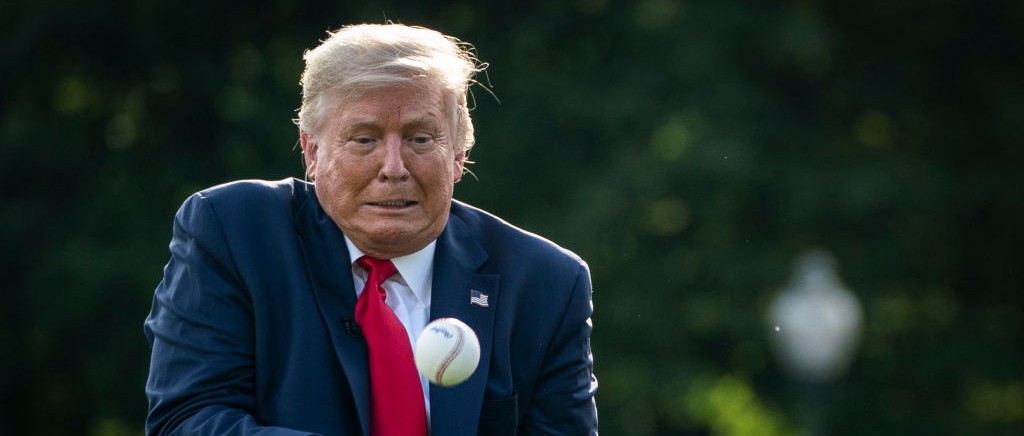

 (@ProjectLincoln)
(@ProjectLincoln) 